TEL AVIV, Israel—After months of incremental progress in Gaza, Israel appears to have achieved its biggest military and intelligence feat of the war so far: the assassination of Hamas’ top commander, Mohammed Deif. Though it’s still awaiting official confirmation, the Israel Defense Forces (IDF) increasingly believes a Saturday airstrike in Khan Younis killed the elusive figure who has topped Israel’s target list for decades.
The likely death of Hamas’ military chief comes at an inflection point for Jerusalem. As some Israeli officials call on the government to reach a deal that allows for the release of Israeli hostages held in Gaza and frees up soldiers to focus on the conflict with Hezbollah on the northern front, others see the Deif strike as an opening to deal a decisive blow against a weakened Hamas. Nine months of near-constant attacks by the IDF appears to finally have gained Israel leverage both at the negotiating table and on the ground in Gaza.
Deif—a key planner of the October 7 attack that initiated the war, longtime associate of Hamas leader Yahya Sinwar, and mastermind behind numerous suicide bombings and kidnappings—has narrowly evaded multiple assassination attempts by Israel in the past. Yet the military is increasingly confident that it finally succeeded in Saturday’s operation, which targeted a compound used by Hamas brigade commander Rafa Salama.
The IDF on Sunday announced the “elimination” of Salama—itself an operational victory given his close ties to Sinwar and senior military rank—who Israeli intelligence determined prior to the strike had been with Deif in a building used by Hamas in southern Gaza. The terror group has denied reports of Deif’s death, but his chances of surviving the aerial attack—which used bunker buster bombs to target possible underground complexes—are slim. The military chief’s assassination would mark a major achievement in a war that in recent months has often been measured through incremental successes, as the IDF focuses on targeted assaults and operations to clear individual localities of Hamas fighters.
Since the start of the war, the IDF says it has eliminated or apprehended some 14,000 of Hamas’ fighters, including six brigade commanders and more than 20 battalion commanders. This leaves an estimated 16,000 on the battlefield in Gaza, but has nonetheless contributed to the breakdown of the military wing’s command and control capabilities. Its rocket arsenal has likewise been greatly reduced, as has its ability to rearm.
“When you see a brigade or battalion losing its command structure and losing the capability to operate as a cohesive unit, so they become small units fighting guerrilla warfare—that’s an important benchmark,” Assaf Orion, a defense strategist at the Tel Aviv-based Institute for National Security Studies and the Washington Institute for Near East Policy and a retired brigadier general in the IDF, told The Dispatch.
“But the long-term test would be not only how much they lose, but how much and how fast they are able to regenerate and resurge. Young, angry men are not a commodity in short supply in Gaza,” Orion added. “Long-range rocketry is a little more rare. The ability to build them in factories is even more limited and has been greatly degraded.”
Key to preventing Hamas from rearming in the long-term is the IDF’s ongoing operation in the area of Gaza’s southernmost city of Rafah, which has uncovered the largest network of tunnels—including subterranean smuggling routes into Egypt—in the Strip. Behind the scenes, Israeli officials have sought Egypt’s cooperation in preventing the flow of weapons into Gaza from the Sinai Peninsula, including through the possible construction of underground barriers and sensors. Defense Minister Yoav Gallant alluded to “progress” with the Egyptians in a statement last week, but an IDF withdrawal from the Philadelphi Corridor—an 8-mile stretch of land between Egypt and Gaza—without a firm agreement from Cairo to help choke off Hamas’ smuggling routes remains unlikely.
In Rafah and elsewhere, tunnels continue to pose one of the biggest challenges for the Israeli military, which struggles to locate and destroy a network measuring at least 350 miles without putting boots on the ground. Going into the booby-trapped and well-defended shafts presents a grave danger to IDF troops, though the summer heat and humidity and Israeli operations have reportedly forced more and more Hamas fighters to emerge from their underground hideouts.
“The biggest challenge of the IDF in Gaza is the tunnel complex. You cannot defeat Hamas militarily without destroying all these hundreds of kilometers of tunnels,” Yoni Ben-Menachem, an Israel-based Arab affairs expert, told The Dispatch. “And the estimation is that this is where Hamas is holding some of the hostages.”
Therein lies another obstacle for Israel’s military campaign: More than 130 hostages, living and dead, remain in Gaza. And for now, a deal that would free them in exchange for a pause in fighting remains just out of reach. As the Washington Post outlined last week, the framework for such an agreement is largely in place but the devil is in the details. Israel reportedly dispatched its negotiating team to continue the internationally mediated talks this week, despite possible fallout from Deif’s apparent assassination.
Under the current proposal’s guidelines, Israel would implement a six-week ceasefire in the first phase in exchange for Hamas’ freeing of 33 hostages—women and wounded men over 50. Once that process is completed, Phase 2 would entail a full IDF withdrawal from the Strip and the formation of security forces trained by the U.S., supported by moderate Arab countries, and staffed by Palestinian Authority affiliates in Gaza. But as with previous rounds of negotiations, Hamas remains reluctant to reach an agreement. CNN reported that a CIA assessment found growing tension between Hamas’ leadership in Qatar, which wants a deal, and Sinwar, who does not.
With prospects for a deal in limbo and Hamas depleted and exhausted, some Israeli officials argue that the IDF should focus on delivering a knockout punch to the terror group’s military capabilities. Military pressure makes reaching a hostage deal more likely, the argument goes, and defeating Hamas makes its successful implementation more feasible.
“The world is focused on seeking a ceasefire and stopping the war. Taking the longer view, I think it’s just as important to address the root causes that brought us October 7—the massive flow of arms into the Strip, the gushing flow of funds into the hands of Hamas, and the ongoing legitimacy that Hamas derives from holding the Strip and weaponizing human suffering,” Orion said. “We need to dry up the sources of legitimacy, funding, and arms to enable the emergence of a normal and responsible governing entity there.”
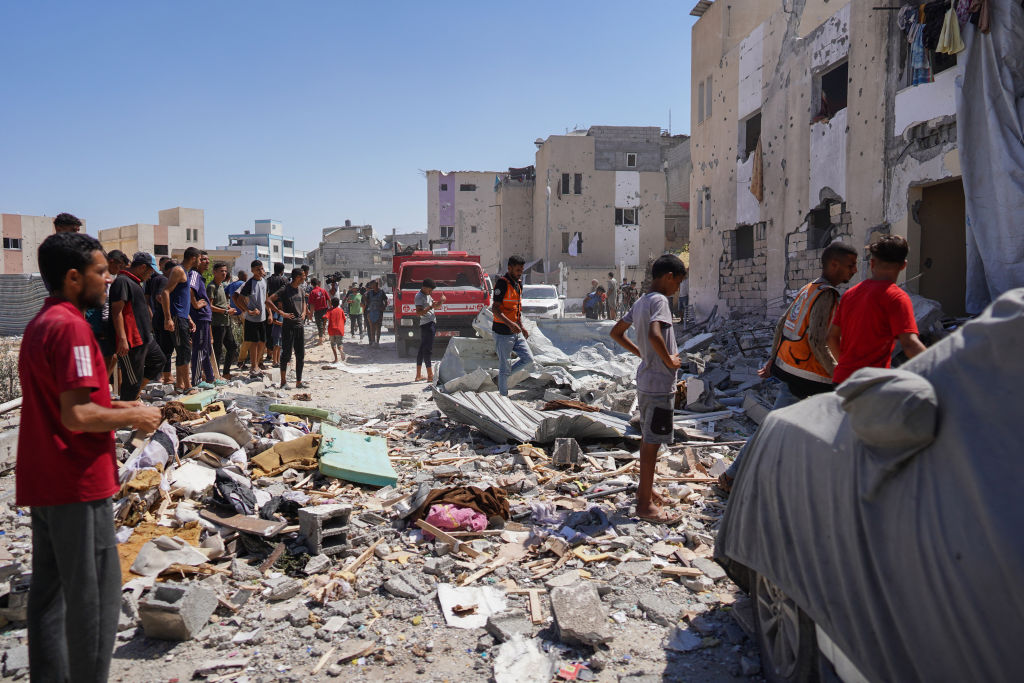

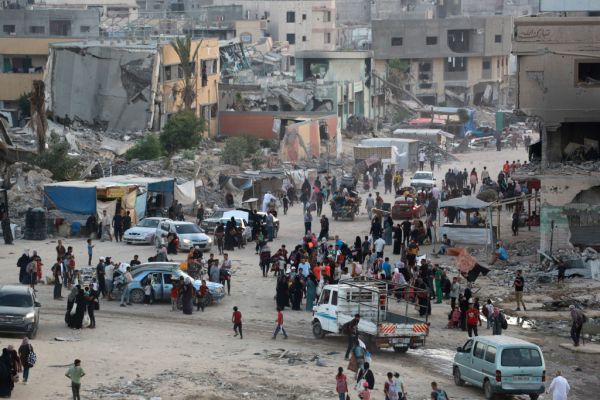
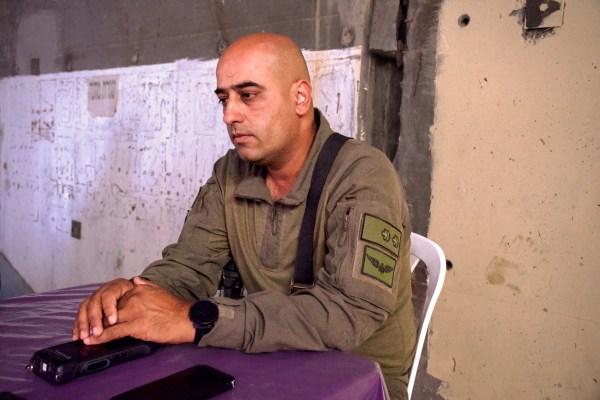
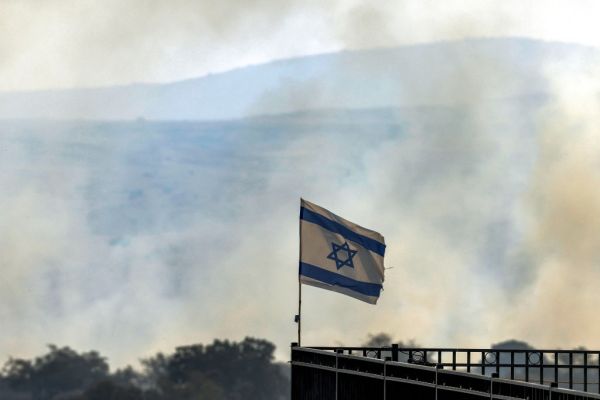
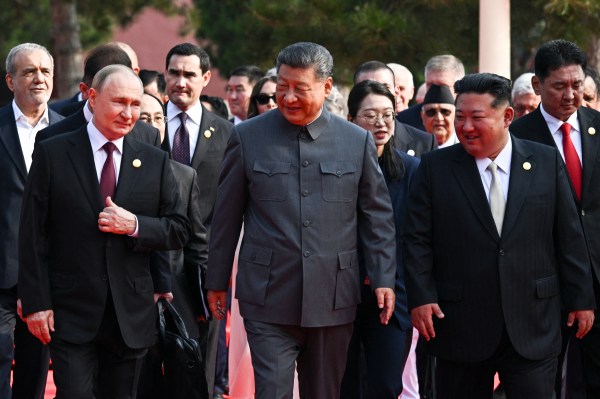
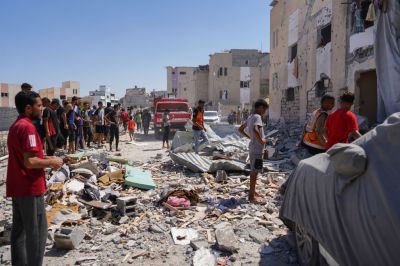
Please note that we at The Dispatch hold ourselves, our work, and our commenters to a higher standard than other places on the internet. We welcome comments that foster genuine debate or discussion—including comments critical of us or our work—but responses that include ad hominem attacks on fellow Dispatch members or are intended to stoke fear and anger may be moderated.
With your membership, you only have the ability to comment on The Morning Dispatch articles. Consider upgrading to join the conversation everywhere.